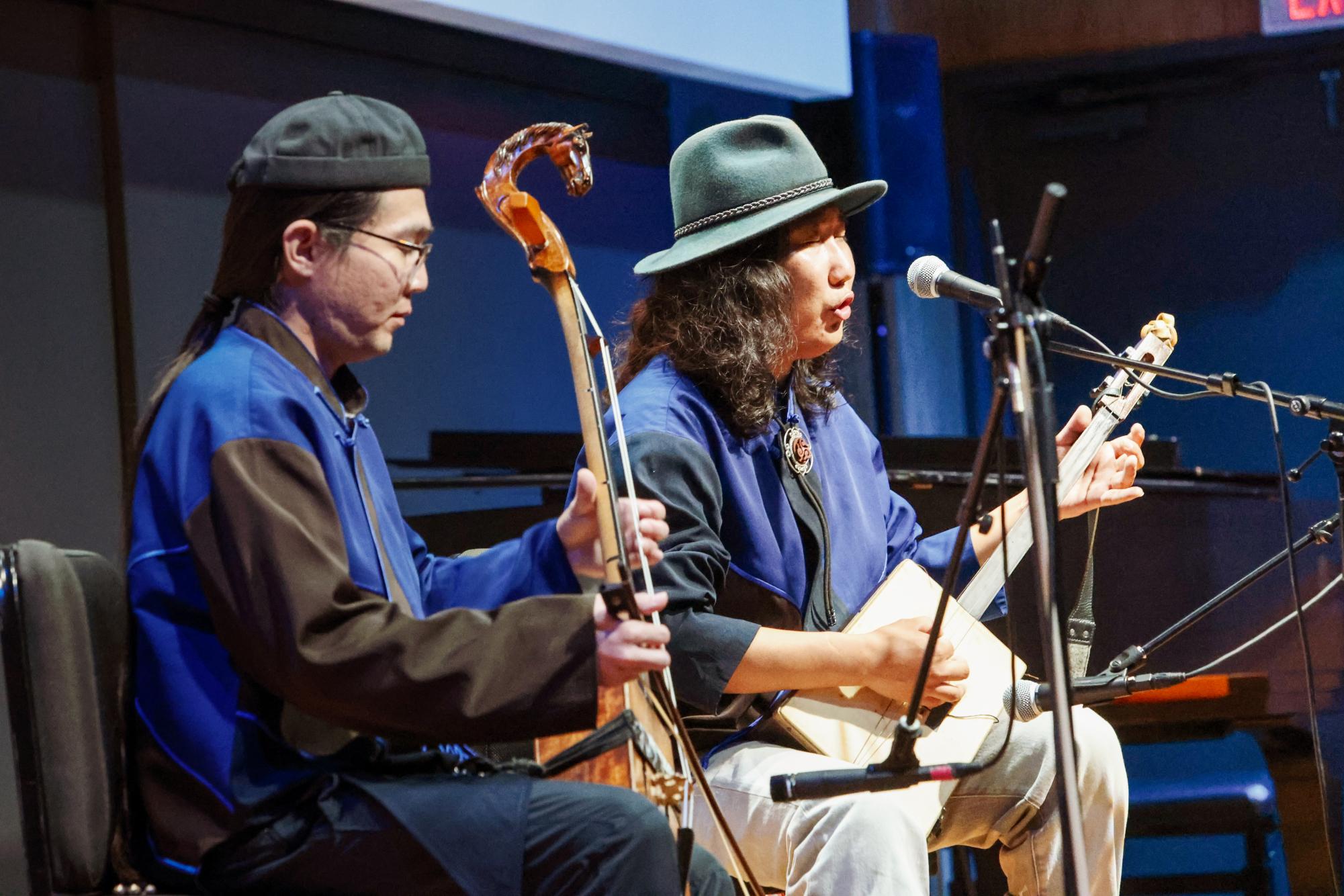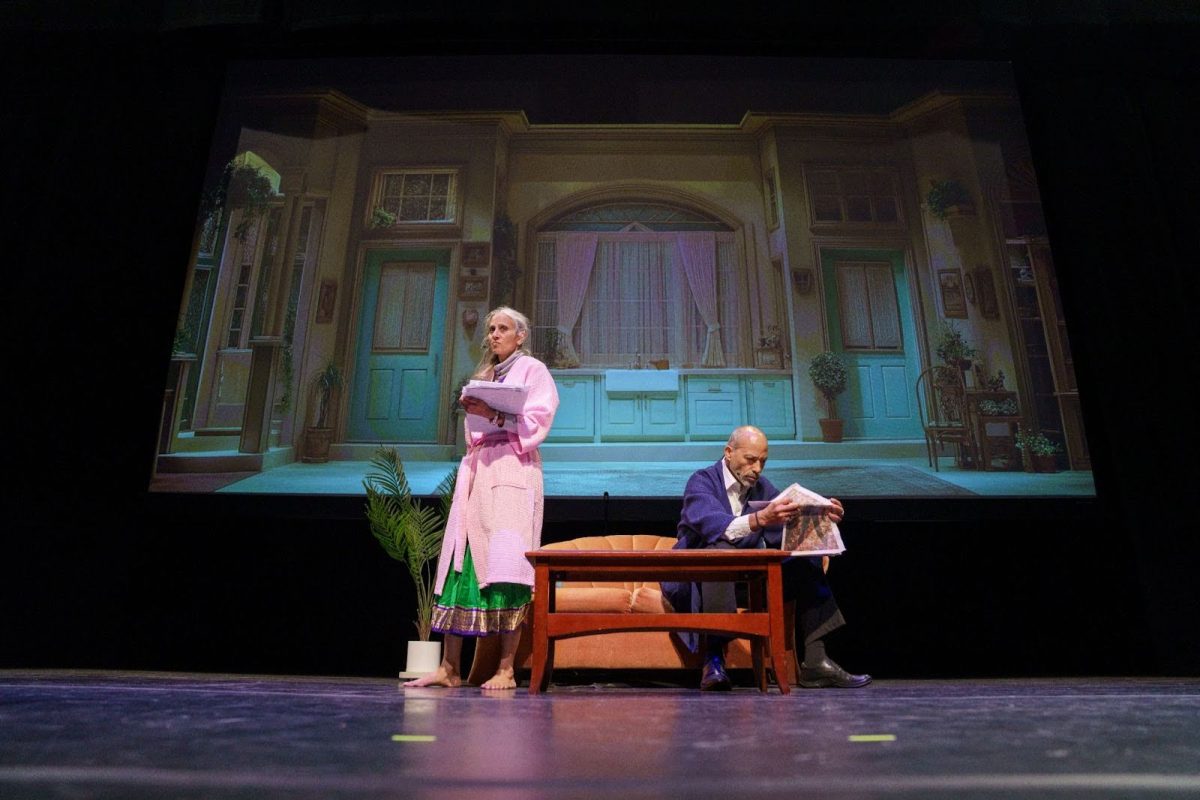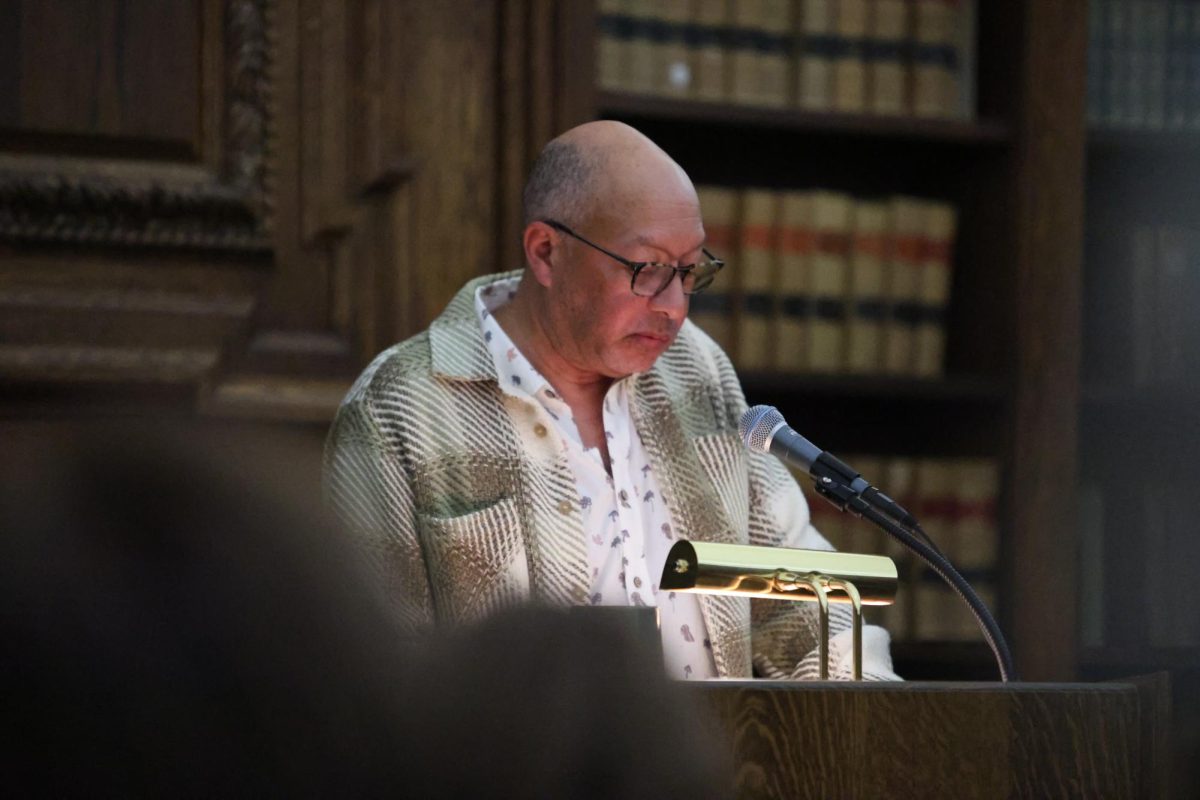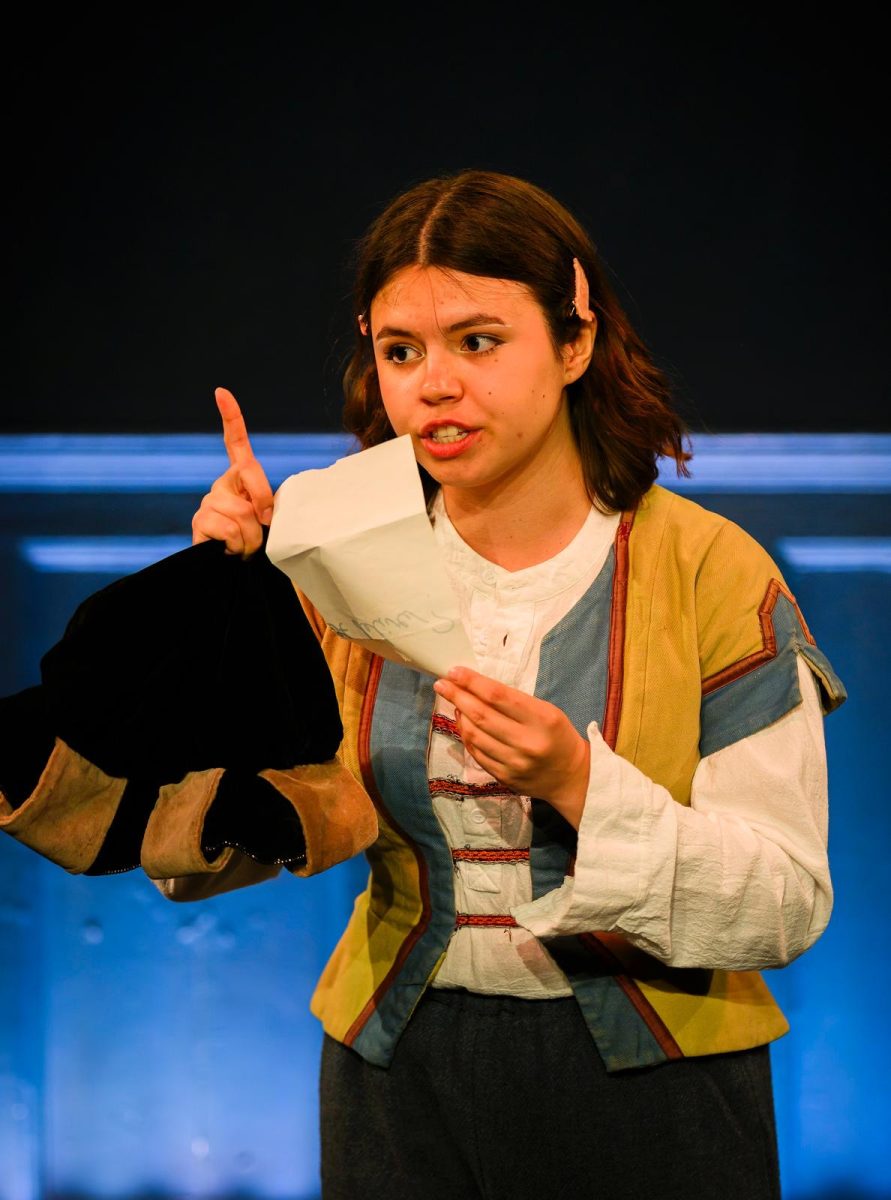
Over 6,000 miles from their home country, brothers Tamir and Naizal Hargana of the internationally acclaimed Inner Mongolian music group Hun Hazy brought their music to the Berkshires. The duo’s free concert for students, faculty, and community members, which took place in the Brooks-Rogers Recital Hall on Friday evening, featured the music of Mongolia, Tuva, and Inner Mongolia.
Hun Hazy was the fall headliner of the 2025–26 Ernest Brown World Music Concert Series, an annual series which invites artists from around the world to share their music and perspectives with the College. The concert series was founded in 2012 to honor the legacy of the late Professor of Music Ernest D. Brown Jr., who worked to celebrate African and African-American music on campus and founded both the Zambezi Marimba Band and the Kusika African Dance and Drumming Ensemble.
The Hargana brothers weren’t always familiar with the style of Mongolian music they now play. In an interview with the Record, Tamir Hargana explained that when he was a child, “[throat] singing was not popular.” The first time Tamir Hargana heard throat singing, he asked his parents if the “radio was broken,” he said. However, despite his initial surprise at the unique sound, his interest in the style and culture quickly blossomed into his own musical practice.
Traditional Mongolian singing styles were banned by the Soviet-backed Mongolian government for most of the 20th century but experienced a cultural resurgence in the 1990s. “You couldn’t practice, and then after the 1990s, this culture [was brought back] again,” Tamir Hargana said. “So after that, people really started learning.”
Thirty-some years later, and after a brief introduction from the music department, Hun Hazy took to the stage on Friday night. Tamir Hargana performed “khöömi,” the Mongolian and Tuvan overtone throat singing part of the performance, while Naizal Hargana enriched the texture of each piece by playing his horse-head fiddle, known as a “morin khuur.”
The duo’s musical tools weren’t limited to traditional Mongolian instruments and vocals. During one piece, they spontaneously decided to incorporate the piano on stage instead of the more traditional instruments they had initially planned, Tamir Hargana explained.
Tamir Hargana described how performance has enabled him to travel outside of his country and explore different musical styles, incorporating these experiences into Hun Hazy’s sound. “We’re always trying to mix in fusion — adding up new stuff and emerging different stuff,” he said.
Hun Hazy has even taken inspiration from famous American musicians. “A [fellow musician suggested], ‘Hey, your voice really … sounds like Jimi Hendrix.’ So he was like, ‘Try to do that,’” Tamir Hargana continued. “So I was thinking, but maybe we can involve some of the blues sounds. I don’t know how it will go, but [we] just keep exploring, just adding new stuff. See how it goes, right?”
According to the brothers, regardless of its global applications, Inner Mongolian music is inseparable from the culture and land from which it originates. During a brief explanation between songs, Tamir shared that most of the performance’s pieces were about horses, a result of Inner Mongolia’s nomadic traditions and boundless landscape. The design of Naizal Hargana’s instrument, the morin khuur, clearly shows this connection: Its head is carved into the shape of a horse, with two bundles of horsehairs forming what appeared to be singular, thick strings. Naizai Hargana explained that 180 strands make up each string, reflecting the 360 total days in the Mongolian lunar year.
Throughout the performance, Tamir demonstrated how khöömi throat singing reflects the unique natural beauty of Mongolia. His low, trembling bass voice intended to call forth images of the forest, while his higher registers pushed past those canopies and into the sky. In addition to evoking grand landscapes, Hun Hazy also demonstrated the part that khöömi plays in grounding humans with the humbler parts of nature.
During his stage patter, Tamir Hargana explained that in Inner Mongolia, music is performed not just for people but also for animals. He told “The Story of the Weeping Camel,” a folktale about a Mongolian shepherd trying to restore the harmony between a mother camel and her calf through music. Mongolian music embodies the philosophy that humans and nature are a single entity, Tamir explained. The music doesn’t just describe the land — it is an inseparable part of it.
For the penultimate piece, the Hargana brothers invited the audience to join them in a high-energy call-and-response drinking song. The audience, immediately enlivened, sang along to the vibrant, joyful rhythm. “I think [last night] was amazing, because we [could] feel the audience, right,” Tamir Hargana said. “When you feel the audience, [the] energy is always gonna excite you more and the music, I think it’s just, like, you can feel it.”







